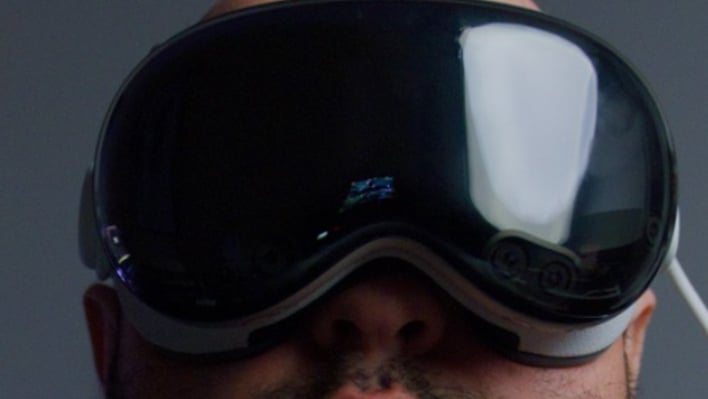The hype for the Vision Pro was intense early on, but it was also mixed with some mockery and criticism. Much of that was right—the device is just not comfortable to use, even with optimized straps. I’d often have fatigue and red marks on my face after only an hour or so of use.
Secondly, it failed to capture a use case for everyday use. Apple pushed the notion of spatial computing, but being inside of the device for many hours is just downright isolating and over stimulating. The app support for the device was also poor, with only a few bespoke experiences presented by Apple initially and rarely updated.
It felt sort of like when you first experienced the internet in the 1990s. The concept was wonderful, but there wasn’t the ecosystem in place yet to really make it a daily use device. That’s why the iPhone and iPad are so far ahead of the Vision Pro and not likely to be replaced anytime soon. The daily usability has been proven with those, and other such devices from other manufacturers.
To be fair, the Vision Pro did improve over time, with updates being done regularly. The addition of widescreen monitor support made for interesting use case possibilities, but was not enough to drive new users to the platform. Most of the new updates merely just improved the device for those who were already using it enthusiastically.
Many have criticized the Vision Pro’s steep $3,500 cost of entry, and rightfully so. If this device were under $2,000, or even $999, it would be a lot easier to justify its niche existence. Sure, some look at its high price as a developer-aimed product, or for enthusiasts. The reality is, enthusiasts like myself got bored of the device after a few months, and developers don’t care to invest into a stagnant platform.
Why do other VR and AR devices, such as the Meta Quest 3 seem to do better for consumers? The first key is its much lower price entry point, which always will be a significant factor. Secondly, those devices have connected with many users a real-world use case incentive. Gaming is perhaps at the forefront of the reason why many of those users enjoy the devices.
Having prescription lenses for the Vision Pro was another added cost, but made using the device without glasses much better. Likewise, it was often good at not needing a separate controller with its hand gestures. Sometimes I’d still wish for an input device, and the ability to connect a mouse and keyboard were also positive points.
While gaming is there in some fashion for the Vision Pro, it is merely an afterthought and was completely neutered by Apple. If it would have launched with a strong library of immersive games, and even incentives to use controllers such as the Sony PS5 Dualsense, things may have been different. Perhaps in the Vision Pro 2 Apple will tweak its approach, if it ever releases.
